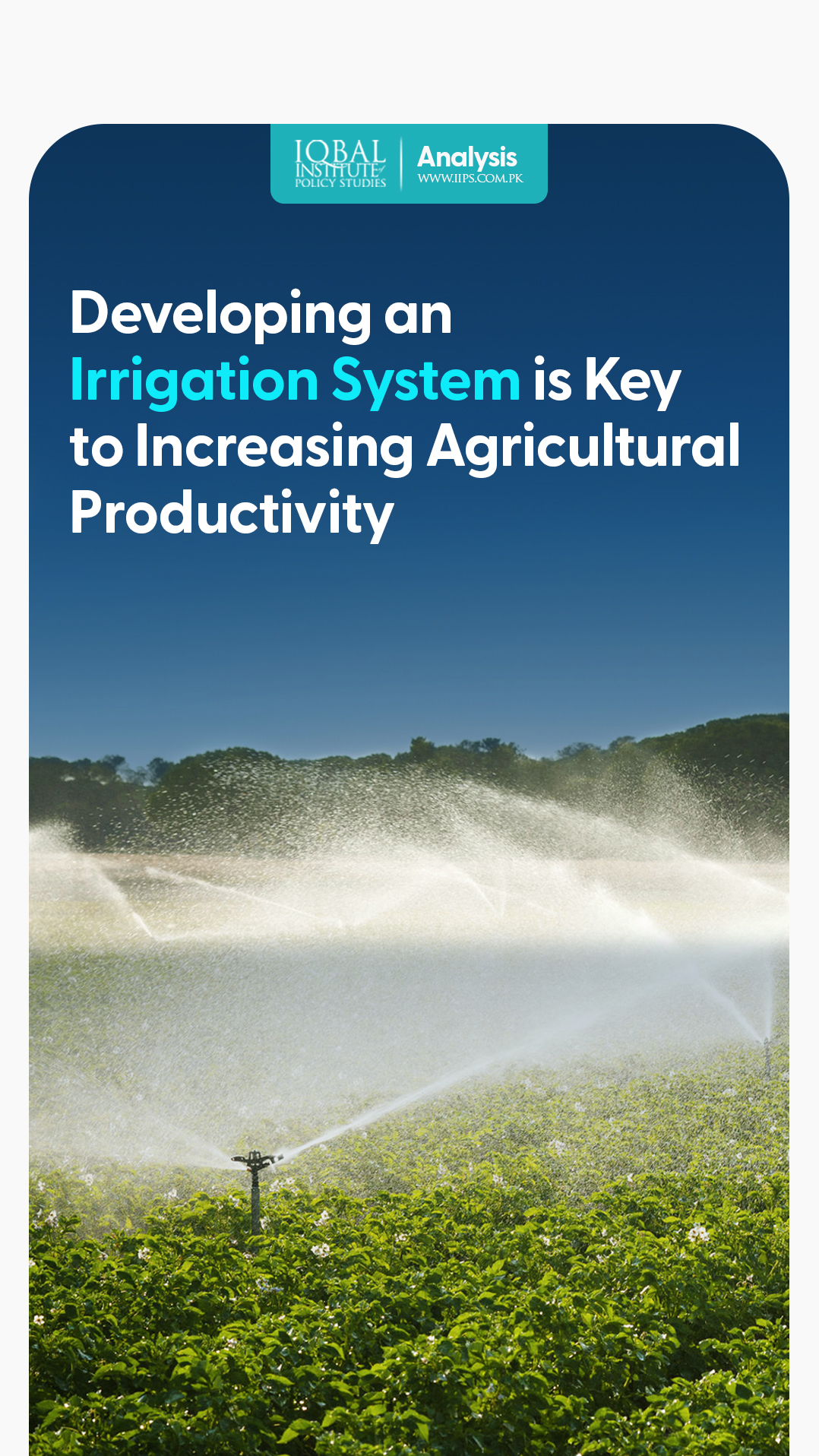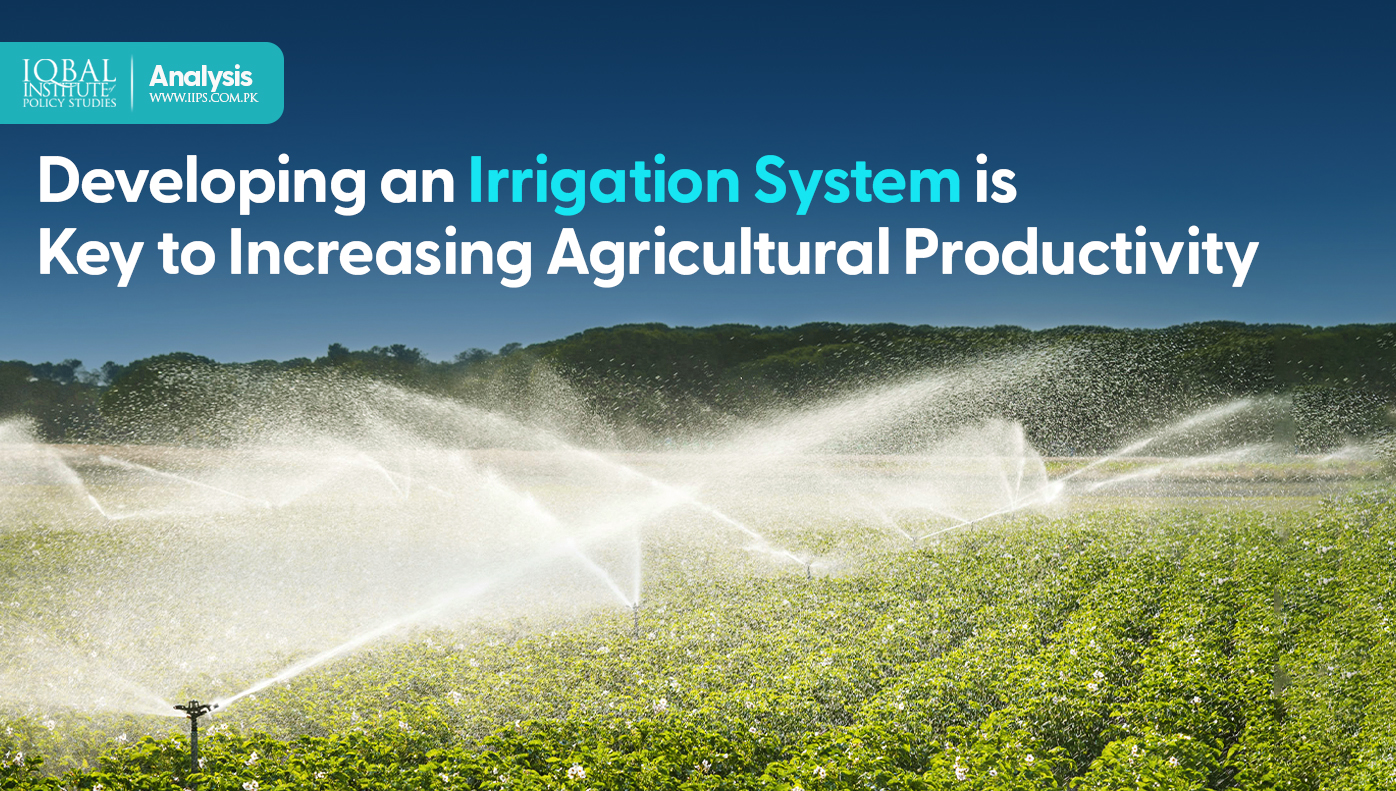Pakistan, an agriculture-based country, is heavily dependent on an irrigation system for its economy. Irrigated agriculture contributes 20% to the GDP and employs over 50% of the province’s workforce (Pakistan Economic Survey, 2020-21). Most agriculture output comes from farmland irrigated by the Indus Basin Irrigation System (IBIS). Despite being the largest irrigation system, IBIS lacks proper infrastructure, resulting in slow agricultural productivity and food shortage.
For any viable irrigation system, it is necessary to have a system of viable disposal. The lack of a viable disposal system has given rise to waterlogging and salinity problems. The lack of modern irrigation techniques and agricultural practices has further added to the wastage of irrigation water. Considering its importance and necessity, the Government needs to invest more in increasing storage capacity, improving water-use efficiency, and managing surface-water and groundwater resources in a sustainable way to increase agriculture productivity in the country.
To support the development of the irrigation system in Pakistan, the Asian Development Bank (ADB) has approved a loan of $200 million to help increase agricultural productivity and enhance food security. It will provide reliable irrigation water supply to 704,000 hectares of indifferent land cities of Punjab, making them more agriculturally productive. Due to Pakistan’s semi-arid climate, agricultural production is highly dependent on irrigation. However, this project will develop an efficient irrigation system and address water management issues that will help boost agricultural productivity and promote food security.



Leave a Reply